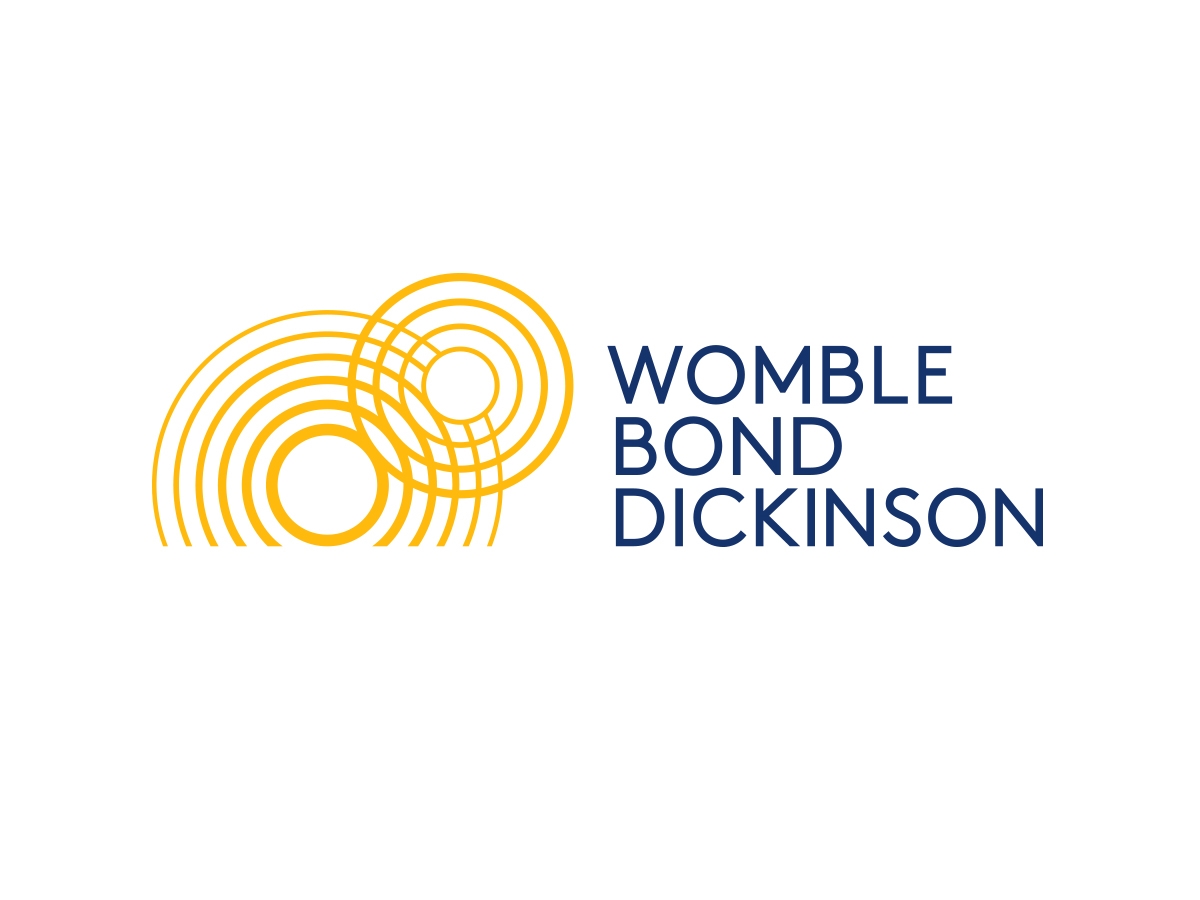Goldman Sachs’s Revamp Takes Shape With Another Profit Haul
Goldman Sachs on Monday reported a hefty jump in its quarterly profits as the company continued its climb out of a self-inflicted morass.
The elite investment bank, which paid dearly for a now-all-but-abandoned attempt to expand into Main Street products like checking accounts, said it took in $3 billion in the second quarter.
The haul was particularly impressive because activity in Goldman’s traditional businesses in advising companies on mergers and acquisitions and trading, among other areas, remain relatively muted during a period of high interest rates and worries about inflation.
Here’s what’s going on at Goldman Sachs — and what it means for the rest of Wall Street.
How is Goldman faring?
Swimmingly! The bank made money virtually across its franchise, including in asset management, where Goldman has put its focus in recent months. The firm now oversees nearly $200 billion there.
Notably, that business — managing money for clients and clipping a steady fee off it — is one that the bank might have turned up its nose at a generation earlier, when the firm preferred to make big bets with its own money.
One caveat: The comparison to a year earlier was particularly generous for Goldman this quarter, notably because 2023 contained an ugly collection of losses tied to the firm’s consumer ambitions and real estate investments.
Over the past year, the firm’s stock is up nearly 47 percent. It was roughly flat in trading before markets opened on Monday.
What does Goldman’s revamp mean for everyone else?
Investment banks are huge employers in New York and beyond, and Goldman has been steadily paring its staff (head count was flat in the second quarter).
Even though the bank caters largely to well-heeled individuals and institutions, its operations extend into areas like Apple’s credit card. The two companies continue to discuss exiting that partnership.
Are there any troubling signs from last quarter?
If you’re a finance nerd, you might have noticed that Goldman’s fees collected in its merger-advisory business actually fell behind its rival JPMorgan Chase, which reported earnings last week. The difference was slim — $688 million at Goldman versus $785 million for JPMorgan — but these metrics are watched closely at both firms’ headquarters in Manhattan.
A Goldman spokesman declined to comment.
Any hints on the economy?
Goldman was earlier than many other banks in jettisoning loans tied to office space, an area that has suffered because of the staying power of remote work and post-pandemic jump in interest rates.
The bank has joined peers, however, in expanding rapidly in so-called private credit, or privately negotiated loans in which the money comes from pension funds or other clients, as opposed to the bank itself. Goldman showed little indication of slowing down there, though researchers including some at the International Monetary Fund have said the area contains increasing risk.






